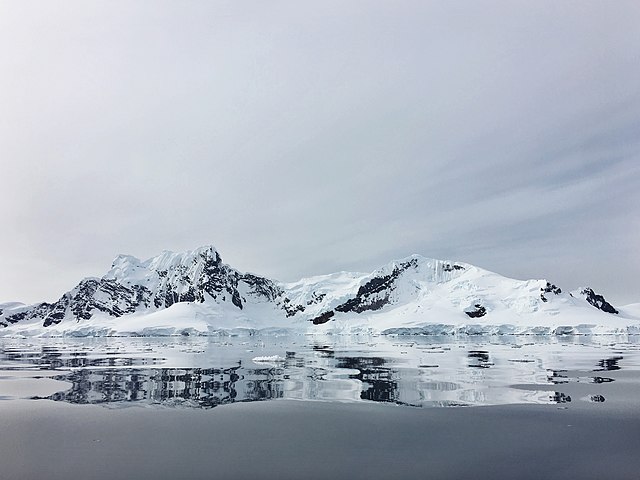
Exploring The Polar Regions
Polar Tales Of Adventure And Environmental Change
The polar regions, Arctic and Antarctic, represent some of the most extreme and unforgiving environments on Earth. Yet, they have long captivated the human imagination, drawing explorers and adventurers in search of discovery, with their allure of the unknown. Their icy landscapes, at the ends of the Earth, have stories to tell — tales of heroism, survival, and environmental change.
Exploration And Rivalry
Exploration of the polar regions dates back centuries, throughout which some of the most celebrated names of discovery have left an indelible mark on these harsh, remote landscapes. Men like Robert Peary and Frederick Cook vied for the title of “first to reach the [North] pole,” with the former claiming success in 1909… (Whilst Peary was attributed for being first for a long time, in more recent years Cook‘s claim to have done so in 1908 has come in for greater consideration…). In either case, it was a feat that would test human endurance and navigation skills to their limits.
In the South, the Antarctic was the stage for iconic figures like Ernest Shackleton, Robert Falcon Scott, and Roald Amundsen, who each led brave expeditions to reach the elusive South Pole. These expeditions faced even more extreme cold, greater isolation, and the same ever-present threat of frostbite and death. It was Amundsen who first attained this goal.
The legacy of these early explorations is not just tales of human perseverance, but also one of science. Polar exploration has contributed significantly to our understanding of the Earth’s climate, geology, and ecosystems. These regions have unique biodiversity, being home to species who have adapted to extreme cold, such as penguins, seals, and polar bears.
Signs Of The Times
However, as the world grapples with climate change, the polar regions have become barometers of its severity, in speed and extent. The rapid warming of the poles, with melting ice and the resulting changes to its ecosystem, serves as a stark reminder of the impact of human activities on our planet.
The story of the polar regions is not one of static, frozen wastelands but a dynamic and evolving narrative. Climate change has profound consequences for the polar ecosystems, affecting not only the iconic creatures that call these regions home but also the indigenous communities that have adapted to life in these extreme environments for generations. In the face of these environmental challenges, contemporary explorers and scientists continue to brave the cold to document the changes taking place. They conduct vital research on ice dynamics, sea-level rise, and the impact of melting ice on the global climate. Their work not only advances our understanding of the Earth but also underscores the urgency of addressing climate change.
The changes taking place in the Arctic and Antarctic are not isolated events but part of a larger story of environmental change, one that requires global cooperation and an unwavering commitment to protecting the Earth’s delicate polar ecosystems.